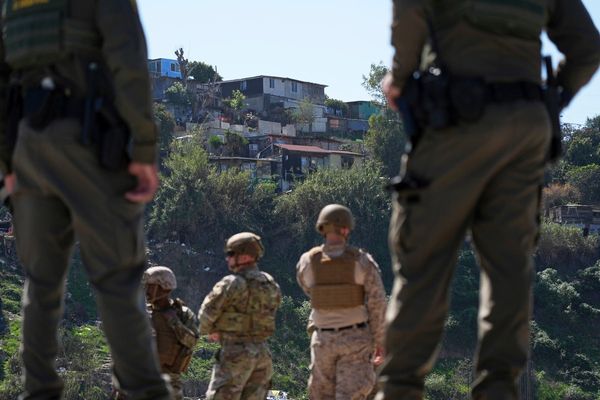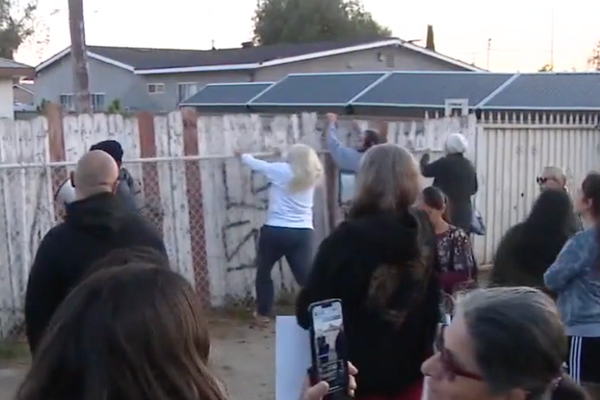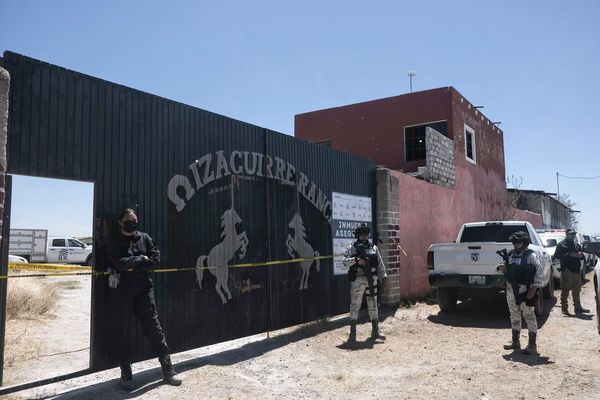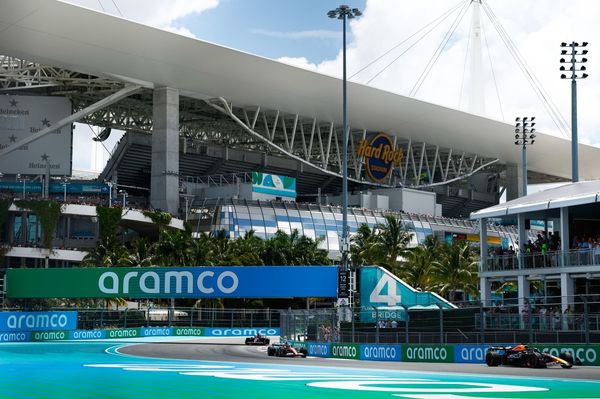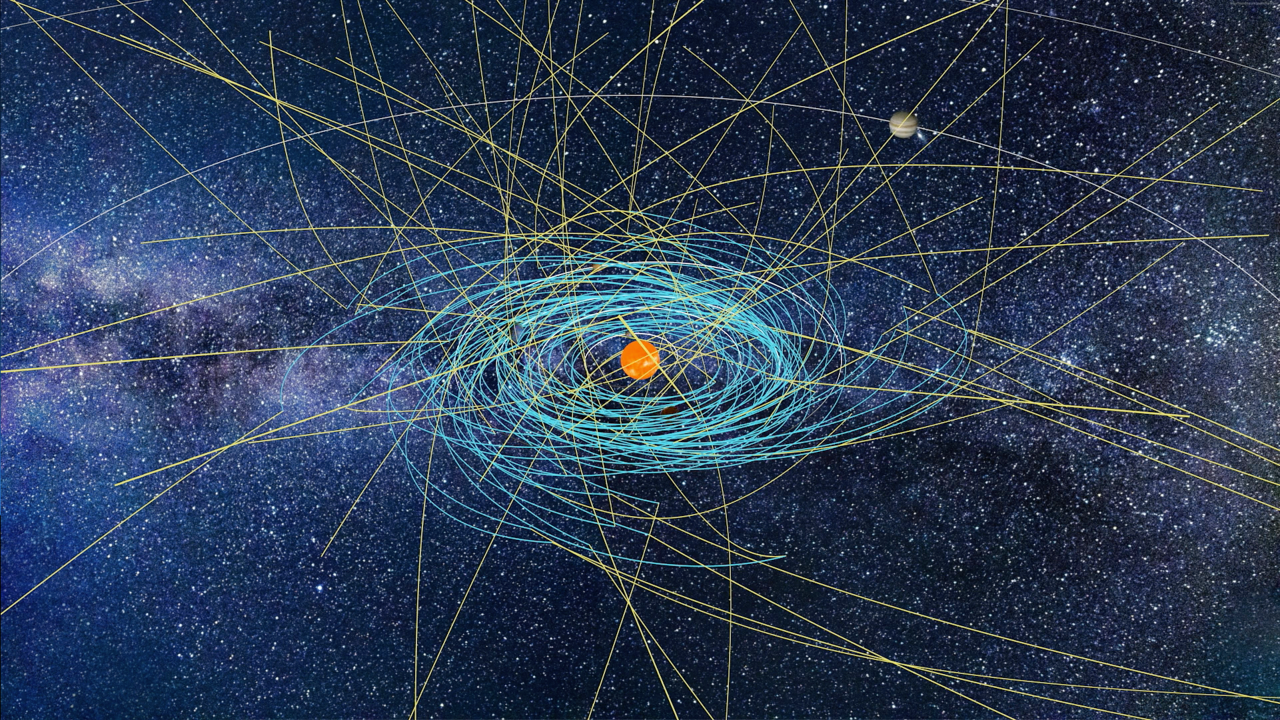
In 2017, scientists spotted our solar system's first confirmed interstellar visitor: 'Oumuamua. While not an alien spacecraft, 'Oumuamua was an interstellar object (ISO), which came from another planetary system far, far away — and traveled at the blazingly fast speed of 196,000 miles per hour (315,431 kilometers per hour).
To prepare for future visitors, Hiroyasu Tsukamota, a professor at the University of Illinois Urbana-Champaign, has developed a deep-learning-based guidance and control framework called Neural-Rendezvous that could allow spacecraft to safely encounter ISOs.
The project, a collaboration with NASA’s Jet Propulsion Laboratory, tackles the two main challenges of approaching an ISO: the extraordinary speed of these objects and their poorly constrained trajectories.
"We're trying to encounter an astronomical object that streaks through our solar system just once and we don’t want to miss the opportunity," Tsukamoto said in a statement. "Even though we can approximate the dynamics of ISOs ahead of time, they still come with large state uncertainty because we cannot predict the timing of their visit. That's a challenge."
Neural-Rendezvous would allow a spacecraft to "think" on its feet as it approaches an ISO, much in the way the human brain works while driving.
"Our key contribution is not just in designing the specialized brain, but in proving mathematically that it works," said Tsukamota. "For example, with a human brain we learn from experience how to navigate safely while driving. But what are the mathematics behind it? How do we know and how can we make sure we won’t hit anyone?"
Intrigued by the potential of Neural-Rendezvous, two Illinois undergraduates, Arna Bhardwaj and Shishir Bhatta, developed an idea to implement the framework into not just a single spacecraft, but a swarm of them.
“How do you optimally position multiple spacecraft to maximize the information you can get out of it?" said Tsukamoto. "Their solution was to distribute the spacecraft to visually cover the highly probable region of the ISO’s position, which is driven by Neural-Rendezvous."
Using M-STAR multi-spacecraft simulators and tiny drones called Crazyflies, Bhardwaj and Bhatta put the concept to the test, demonstrating the potential of a Neural-Rendezvous-guided swarm.
"[W]hile the Neural-Rendezvous is more of a theoretical concept, their work is our first attempt to make it much more useful, more practical," said Tsukamoto.
The duo presented their paper at the Institute of Electrical and Electronics Engineers Aerospace Conference this month.
